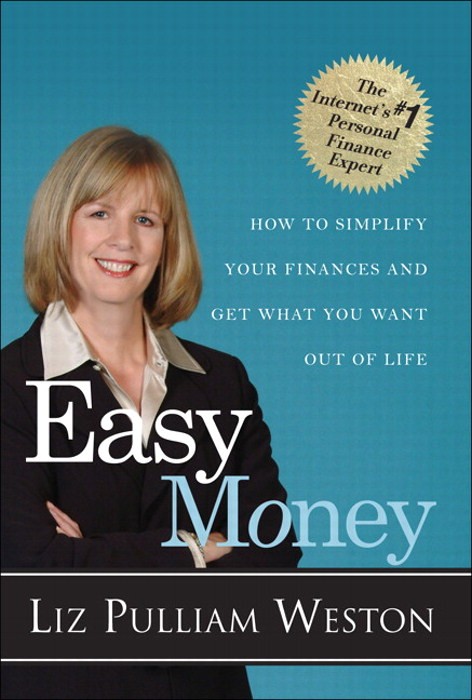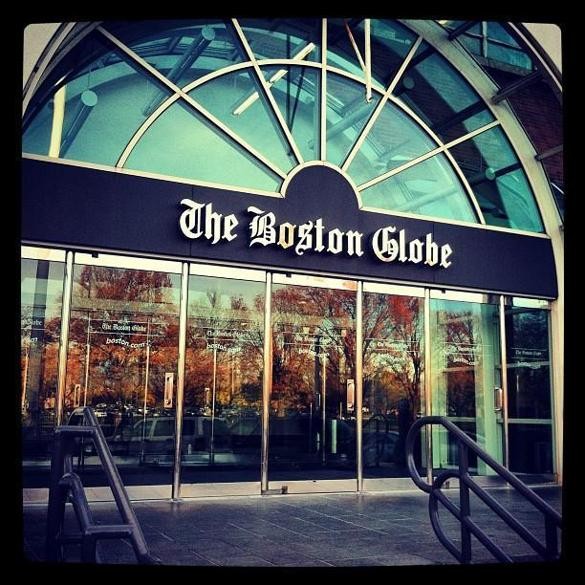Analyzing your mutual funds expenses and those of its rivals can save you money The Boston Globe
Post on: 14 Апрель, 2015 No Comment

E-mail this article
Whose money is it, anyway? In case you have forgotten, all that money in mutual funds belongs to you and me. It may be diminished, but what remains is still our money. Unfortunately, that doesnt mean we get the most reliable benefit from our money — income. The financial services industry gets paid first, but we take the fall when markets collapse.
Heres a troubling snapshot. The largest category of mutual funds is what Morningstar calls domestic large cap blend funds. Morningstar shows 1,768 of these funds with three-year track records. Average the group and youll find they have average net expense ratios of 1.22 percent — and average SEC-measured yields of 0.90 percent.
So, the managers get the income, and we get the risk. Worse, while our dividend income is declining, fund managers are raising fees. They do this because their income is based on a percentage of our declining assets.
Yes, there are fund categories where the managers dont take all the income. But the vast majority of investors are overpaying for underdelivered service.
I have been demonstrating a simple reality for 30 years. High-cost funds tend to provide lower returns than low-cost funds. So Id like to introduce a new measuring tool. Think of it as the Fat Fund Report. Using it, youll be able to learn where your fund ranks. The figures will be on my website, www.assetbuilder.com .
If you own a large blend fund with a net prospectus expense ratio of 1.18 percent or less, you own a fund with below-median expenses. If your fund expenses are 0.82 percent or less, it ranks among the least expensive 25 percent. And if your fund has a net expense ratio of 0.46 percent or less, it ranks in the slimmest 10 percent.
If your fund ratio is greater than 1.57 percent, it is more expensive than 75 percent of comparable funds. It is in the greedy 10 percent if its expense ratio is 2.03 percent or more.

Dont know the expense ratio for your fund? Visit the Morningstar website.
It should be noted that some distribution channels are more expensive than others. The B share version of most funds — where an annual charge replaces an upfront load — will generally be found among the 25 percent most expensive funds. So will shares that build in adviser fees as a 12b-1 charge.
So what funds are doing right by investors? One of the largest is American Funds Investment Co. of America A shares. This managed fund has an expense ratio of 0.59 percent. It lost 7.13 percent annualized over the last three years.
What about big expensive disappointments? Davis New York Venture B shares top the list, with a net prospectus expense ratio of 1.66 percent and a three-year annualized loss of 10.02 percent.














